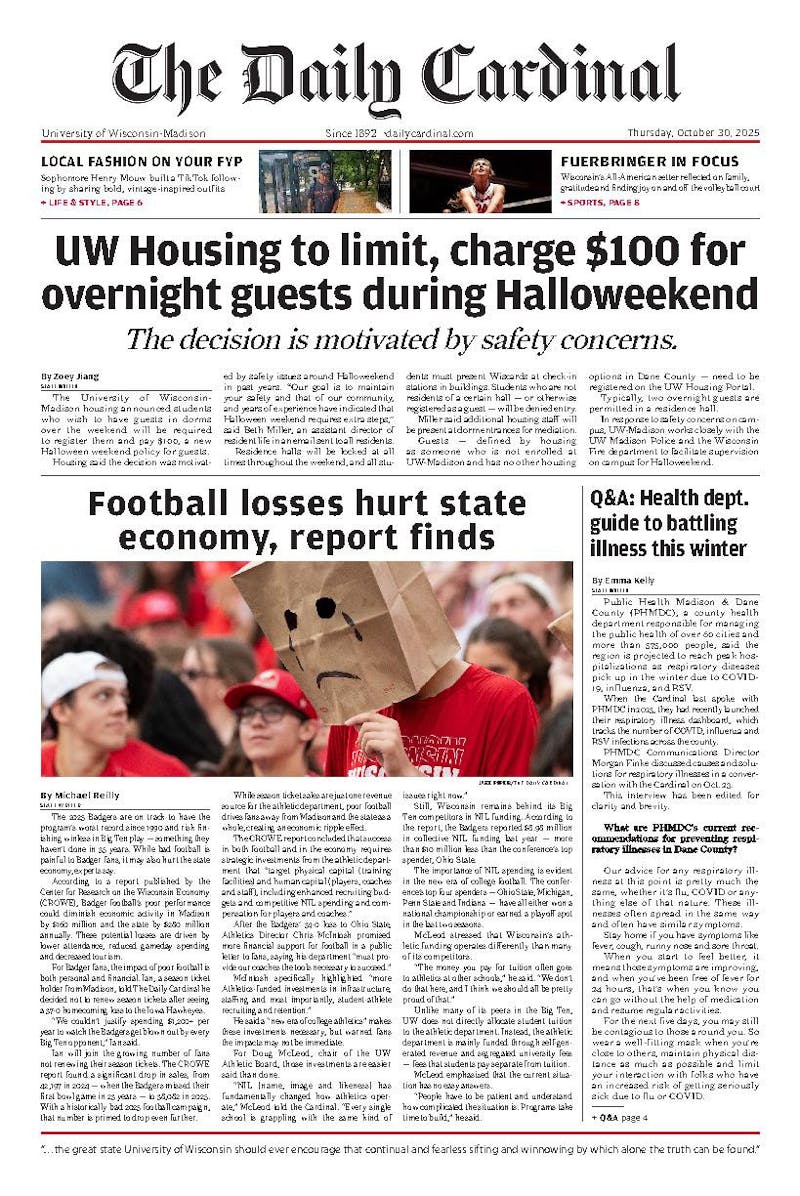Their shortest cups are called ""tall."" Their medium sizes are ""grande,"" which is Spanish for ""large."" And their larges are called ""venti,"" which is Italian for ""twenty,"" (which makes sense since it holds twenty ounces, but I didn't figure that out until I watched Role Models). Now their newest, largest cup size yet has been dubbed the ""trenta,"" which is Italian for ""thirty.""
Starbucks: butchering languages both foreign and domestic since 1971.
Coffee-giant Starbucks announced Sunday that it will be introducing its new trenta size to stores nationwide by May 3. However, for those of you jittery with excitement (or perhaps caffeine), don't get too energized yet. This super-sized cup will only be available for iced coffee, tea and lemonade drinks, so if you like it hot, you'll have to stick with venti or an extra shot of espresso.
But beyond the name-calling, there is more than poor translation to be considered here. According to Nationalpost.com, Starbucks' new beverage size boasts a volume larger than the average stomach can fit. With the drink coming at 30.9 fl. oz., while the stomach can only hold 30.4 fl. oz. Although the stomach can hold more when stuffed, drinking coffee isn't exactly a Thanksgiving Day event.
The most substantial problem with this bladder-bursting beverage is with a drug that they didn't cover in the D.A.R.E program; one that many of us are starting to use as these first days of classes begin: caffeine.
Yes, I too have fallen victim to its siren call during tough exam weeks, but I have been one of the lucky ones able to swim back to the surface after a few long days submerged in caffeine-dependency. Unfortunately, this is not the case for more than 50 percent of Americans who consume a total of 330 million cups of coffee everyday combined, CBS reported in 2003. Those numbers have likely grown with the increasingly fast-paced lifestyle of our nation, where there never seems to be enough time to get everything done.
With all of this action and no sleep, one would think something's got to give, and it's likely that something will be our bodies. Livestrong.com warns that by using caffeine to turn yourself from zombie to perky could commence a vicious cycle. Drinking coffee as a result of many sleepless nights can cause insomnia. The Mayo Clinic reports that chronic usage of caffeine can make it difficult to fall asleep, stimulate your body to wake up more often during the night and even make you feel less rested by interfering with your deep sleep cycle.
Too much caffeine, defined as more than four cups a day, can also cause high blood pressure, loss of calcium leading to low bone density and jitters. Not to mention if you're drinking this much coffee it is almost certain that you're not getting the recommended seven to eight hours of sleep doctors say adults need to be healthy.
The new trenta cup size is bad encouragement for over-caffeinated Americans already making poor health choices. It's telling us to ignore the tiredness we feel from losing sleep and to instead remedy it with more coffee. As I learned in Psych 202, we are much better served getting a good night's rest, which helps us store memories and feel alert and ready for the day ahead.
Most people argue that they don't have time to get all of this sleep, just like they don't have time to finish the eight-page paper they were assigned two months ago, but for those whiners, I say prioritize. Maybe doing without that episode of ""Modern Family"" or two hours of Xbox before bed could result in more happiness when you wake up without wanting to beat your alarm clock with a sledgehammer.
This doesn't mean you need to give up those delicious peppermint mochas, but don't rely on them every day. Caffeine may be a nice occasional pick-me-up, but we sleep for a reason, and these restful hours should not be substituted for a piping cup of joe.
Jaime Brackeen is a sophomore majoring in journalism. Please send all feedback to opinion@dailycardinal.com.






